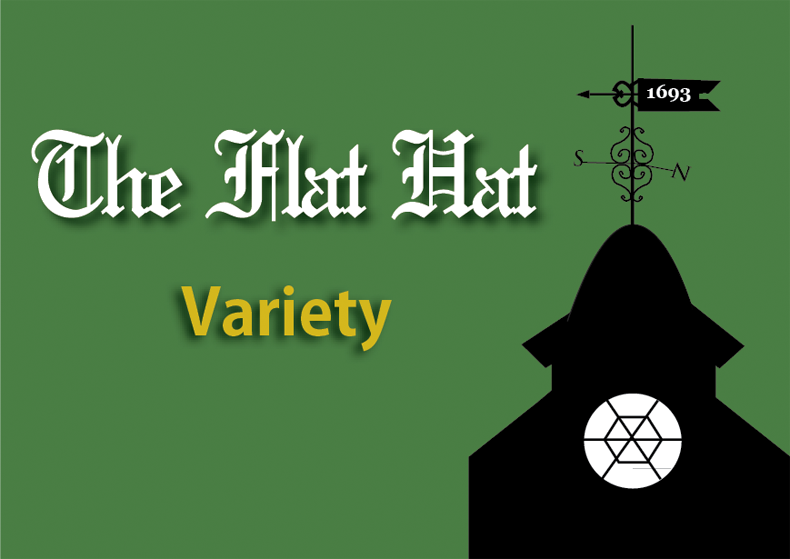As a group of tourists stop before Georges Seurat’s the “Sunday Afternoon on the Island of La Grande Jatte,” every individual’s perception of the piece varies according to his or her background. The image of families and couples lounging lazily on a lawn could inspire a fresh, tranquil melody in a musician’s mind. A sculptor might consider constructing a 3D version of the piece, utilizing miniscule materials to emulate Seurat’s pointillism, while a creative writer could formulate an idyllic tale that accounts the background events of that Sunday afternoon.
Along with featuring information about the art community and upcoming art exhibits in the area The Spirit of the Living Watching, the new art and art history magazine at the College of William and Mary, seeks to serve as an outlet for students to respond artistically — to art.
“The most interesting thing I’ve learned about art history is how it is sort of sterilized as this scientific pursuit,” Michelle Repper ’13, creator of The Spirit, said. “And that it seems that one cannot look at it from any other perspective.”
In order to counter these long-established, streamlined responses within art history, the magazine will combine musical, theatrical and other creative art forms to provide multiple perspectives on art.
“I do a lot of creative writing and I feel like my responses to art are in some ways more informative than a scholarly article that doesn’t really get into the emotional or poetical qualities of a piece,” Repper said.
Becca Schall ’13, creative writing editor, agreed, noting that creative writing responses to art seem natural because every picture already tells its own story and that other mediums can also form individuals’ reactions to a piece of work.
“I feel like a lot of times when you see something, you picture something else in response to it rather than thinking of words, so I think responding to art through art is a way to communicate your initial gut reaction to the piece,” Schall said.
Repper’s intention for fleeing the traditional, objective art history analyses is fostered by the personal aspects of students’ poetry and art history theses and essays.
Sofia Chabolla ’14 chose to run for her current position as executive submissions editor for the opportunity to wade through all the submissions and see each student’s unique reaction to art. As an art history and English double major, Chabolla’s position on the staff not only appeals to her interests, but also applies to her educational pursuits at the College.
“I know we’re doing things from interviews to articles to student papers and getting to have a part in all of that sounded ideal for me because I’ll also be able to see how art and art history connects with different cultures and societies around the world,” Chabolla said.
Because the goal for the 124-page publication includes several different art forms, Repper emphasized her interest in other majors responding to the concept.
“I think it would be interesting to, for example, listen to what music majors hear when they see a particular piece,” Repper said. “But I want to also make the magazine a sort of hub where art history and other creative majors can interact and respond to art.”
The staff plans to publish the magazine twice every semester and once during the summer, allowing for an ongoing discourse about everything related to art and art history at the College.
“Art is not easily defined — it’s music, it’s drawings, it’s writing — and I think artists inspire each other so it’s sort of a big loop,” Allie Nelson ’15, executive article editor, said.
Nelson also emphasized the lasting effects of art on all students at the College.
“I feel like art history provides a perspective to understanding the human condition and psyche,” Nelson said. “So I really hope the magazine affects other students from other majors, allowing them to see how art is integral to what they do.”
Through The Spirit, Repper hopes to spotlight art history activities and, in some ways, act as a one-stop information source for art and art history majors within the College community by reminding them of major requirements and providing information about their art and art history professors at the College through in-depth interviews and bios.
“There is basically a magazine for most of the larger majors here, and although we are a pretty small community,” Repper said. “We really want to get art history on the same tier as every other major.”

